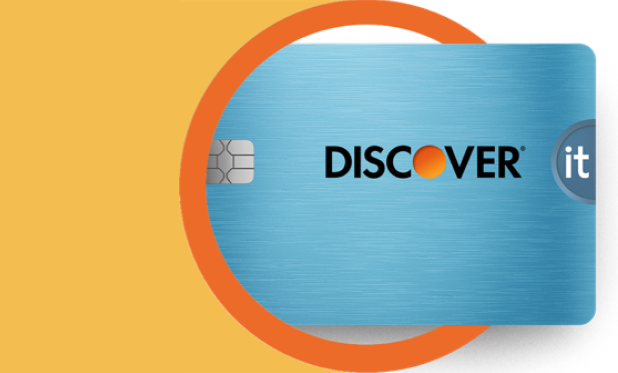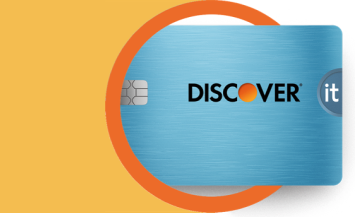If you’ve had debit and credit cards for a long time, you may have noticed a gradual shift at the cash register from swiping your card to inserting or even tapping your card on the card reader. Many credit card issuers have moved away from relying on the magnetic stripe to instead use a small embedded microchip called an EMV chip for payment processing. The EMV chip offers more protection from credit card fraud. Read on to learn more about EMV chip technology and what it means for you.

What Is an EMV Chip?
4 min read
Last Updated: June 13, 2025
Next steps

See if you're pre-approved

Learn about Discover It® Miles Credit Cards
See rates, rewards and other info
You may also be interested in
Was this article helpful?
Was this article helpful?




